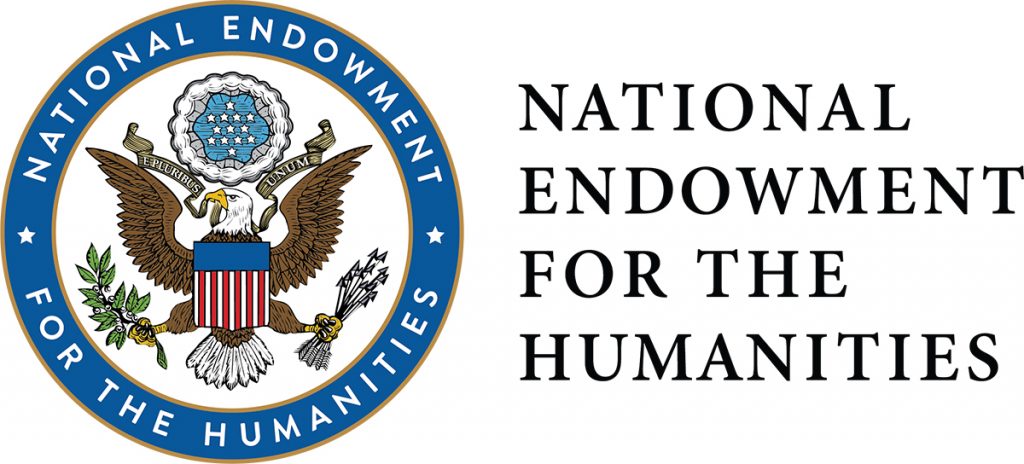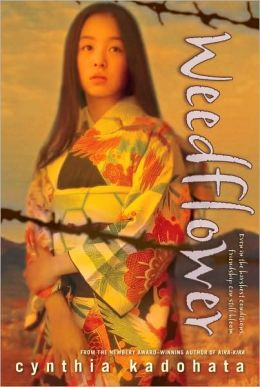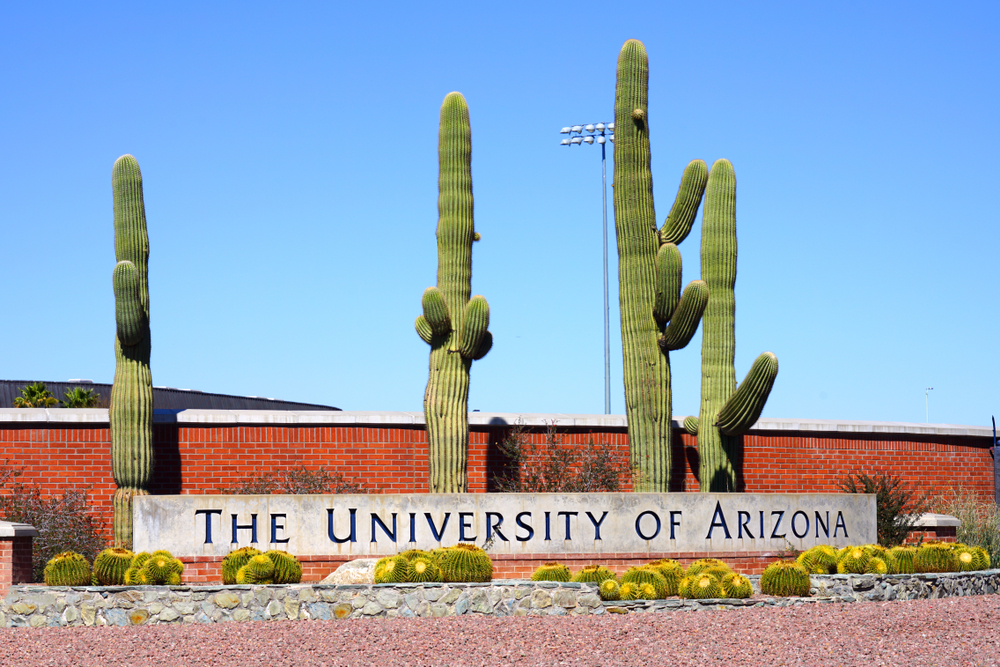By Carol Brochin, Leah Durán, and Kathy G. Short, University of Arizona
This past summer, faculty in the College of Education at the University of Arizona virtually hosted a seminar for K-12 teachers sponsored by the National Endowment for the Humanities. Drawing teachers from across the U.S., we looked at the histories and movements of people in what is now Arizona and considered ways to invite students of all ages into our inquiries. Our institute, We the People: Migrant Waves in the Making of America, challenged the perception that migration is a recent negative phenomenon. This two-week virtual institute explored the continuous waves of migration in the U.S. through a case study of Arizona, the last continental state added to the union. We were particularly concerned with the stories often left out of traditional narratives of U.S. history, which are traditionally rooted in the thirteen colonies and so erase the experiences of Black, Indigenous, Latinx and other communities of color. Through interactions with narratives, authors, scholars and museums, our goal was for educators to gain knowledge and strategies to support their teaching by using inquiry strategies from the case study to research migrant waves in their own states.

During our institute, we met on Zoom for four hours a day to engage with readings, maps and digital archives and had deep discussions of children’s and young adult books and scholarly readings. We also hosted panels with leading scholars and children’s and young adult authors and hosted two live events. We also worked asynchronously on digital archives, video museum tours and interactions with text sets of children’s and young adult books. Our institute drew extensively from Worlds of Words Center of Global Literacies and Literatures, in the College of Education, University of Arizona.
 The Center provides rich resources of fiction and nonfiction children’s and young adult books and supports interactions with books through literature discussions and browsing of text sets. The advantage of hosting the institute virtually is that we were able to invite the authors of the books we discussed to join us for interactions as well as have our own discussions. For example, we hosted a panel discussion with authors Alan Gratz (Refugee), Guadalupe Garcia McCall (All the Stars Denied), Cynthia Kadohata (Weedflower) and S. D. Nelson (Quiet Hero). On the last day of the institute, we had the privilege to host author Aida Salazar and discuss her novel Land of the Cranes.
The Center provides rich resources of fiction and nonfiction children’s and young adult books and supports interactions with books through literature discussions and browsing of text sets. The advantage of hosting the institute virtually is that we were able to invite the authors of the books we discussed to join us for interactions as well as have our own discussions. For example, we hosted a panel discussion with authors Alan Gratz (Refugee), Guadalupe Garcia McCall (All the Stars Denied), Cynthia Kadohata (Weedflower) and S. D. Nelson (Quiet Hero). On the last day of the institute, we had the privilege to host author Aida Salazar and discuss her novel Land of the Cranes.
One of the key strategies we drew on to understand these hidden histories was the construction of multimodal text sets. In these text sets, we brought together multiple different kinds of texts to help learners understand key pieces of our past, and the people and stories that have been a part of that history. The text sets featured here were created by the Institute’s planning team as resources for the Institute’s participants. Each set includes 10-15 pieces of literature, audio, video and primary documents that are conceptually related and provide multiple perspectives on the theme, time period, region or community being highlighted. Each text set corresponded to one of the days of the institute, and was used to deepen and expand participants’ understanding of the highlighted theme, time period, region or community.

For example, to help teachers understand more about the influence of Arizona’s history as part of Mexico, we collected picturebooks like Duncan Tonatiuh’s The Princess and the Warrior, graphic novels like Photographic: The Life of Graciela Iturbide by Isabel Quintero and Zeke Peña, oral histories like Patrica Preciado Martin’s collection Songs My Mother Sang to Me, and digital archives like the photographs from the Mexican Heritage Project. Together, these different kinds of resources can invite students to explore different perspectives on or aspects of a theme, era or community.
Children’s and young adult literature formed the backbone of these text sets, but because we were interested in stories that are often untold or overlooked, we also looked at other sources. For example, to understand the migration history of Chinese Americans in the Southwest, we looked to books like Paper Son: The Inspiring Story of Tyrus Wong, Immigrant and Artist by Julie Leung and Chris Sasaki, alongside local historical archives, maps and other kinds of artifacts.
The teacher-scholars in the institute built their own multimodal text sets as a culminating project, working to collect a set of resources for their students. For example, Jess Stewart, a teacher from Minnesota, curated a collection of children’s books, documentaries and oral histories around the experiences of Hmong refugees in Minnesota. From El Paso, Rebecca Guerrero created a text set historicizing the US-Mexico border and highlighting the links between part and present mistreatment of immigrants. In the following months, WOW will feature blog posts written by institute participants. We are impressed and moved by their work, and we hope you will be as well.
Journey through Worlds of Words during our open reading hours: Monday-Friday, 9 a.m. to 5 p.m. To view our complete offerings of WOW Currents, please visit its archival stream.
- Themes: Carol Brochin, Kathy Short, Leah Duran, Migration, National Endowment for the Humanities, text sets, We the People
- Descriptors: Books & Resources, WOW Currents
